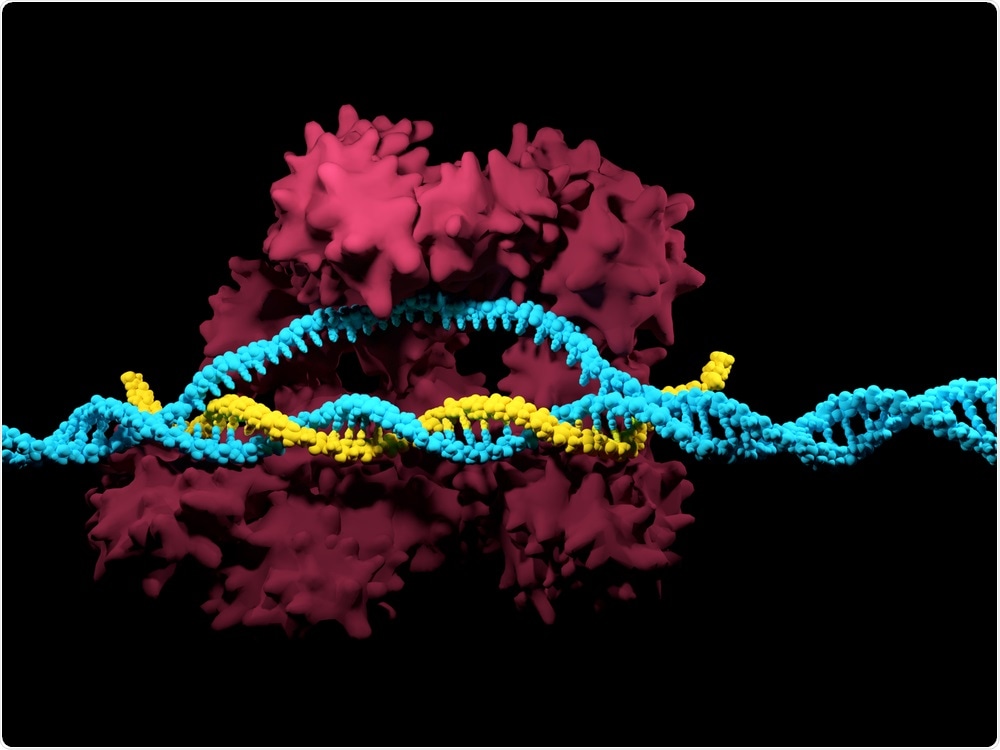Commonly referred to as “genetic scissors,” the CRISPR-Cas9 opens up new avenues for disease treatment—however, treatments must be effective. According to a recent study, the method can cause unanticipated genetic variations that can be acquired by the next generation.

Image Credit: Meletios Verras/Shutterstock.com
As a result, these researchers advise caution and thorough validation prior to using CRISPR-Cas9 for medical reasons.
CRISPR-Cas9 is a powerful tool for genome editing in microorganisms, animals, and plants. In health care, the technique opens up the possibility of curing a wide range of hereditary defects, provided the DNA is properly altered and no unforeseen changes take place. Such unnecessary abnormalities have been studied in cells to date, but understanding the repercussions in living organisms is constrained.
In this project, we studied the effects of CRISPR-Cas9 in zebrafish, a small aquarium fish. Since DNA molecules and their mechanisms are similar in all animals, we think the results should be similar in humans, for example.”
Adam Ameur, Associate Professor, Uppsala University
Adam Ameur is also an associate professor at Science for Life Laboratory.
When the researchers examined the genomes of over 1,000 zebrafish from two generations, they discovered a variety of unusual mutations. In some cases, larger-than-expected DNA fragments were modified, while in others, mutations occurred at the incorrect place in the genome. Unexpected mutations were discovered not only in first-generation zebrafish, but also in their offspring.
Knowing these unexpected mutations are heritable is important, since they can have long-term consequences for future generations. But that can happen only if you change the genome of embryos or germ cells.”
Ida Höijer PhD, Uppsala University
Ida Höijer is also associated with the Science for Life Laboratory.
Techniques for correcting genes in a specific tissue or cell type are now being advanced in healthcare. Even though such treatments present no threat to coming generations, they should be used with caution.
CRISPR-Cas9 can be an amazingly valuable tool in health care. But we need to minimize the risk of unwanted effects, and we can do this by carefully validating the modified cells with the latest DNA sequencing technologies.”
Adam Ameur, Associate Professor, Uppsala University
Scientists from Uppsala University and Science for Life Laboratory’s National Genomics Infrastructure (NGI) led the study.
Source:
Journal reference:
Höijer, I., et al. (2022) CRISPR-Cas9 induces large structural variants at on-target and off-target sites in vivo that segregate across generations. Nature Communications. doi.org/10.1038/s41467-022-28244-5.